
Jason DeBoever
Microsoft Senior Product Manager
TwitterThis browser is no longer supported.
Upgrade to Microsoft Edge to take advantage of the latest features, security updates, and technical support.
9 episodes
Join Jason DeBoever and Glenn Stephens live on Learn TV and explore this nine-part “Foundations of data science for machine learning” series. We will be walking through Learn modules and answering your questions live. From basic classical machine learning models to exploratory data analysis and customizing architectures, you’ll be guided by easy to digest conceptual content and interactive Jupyter notebooks and will learn about the underlying concepts as well as how to get into building models with the most common machine learning tools.
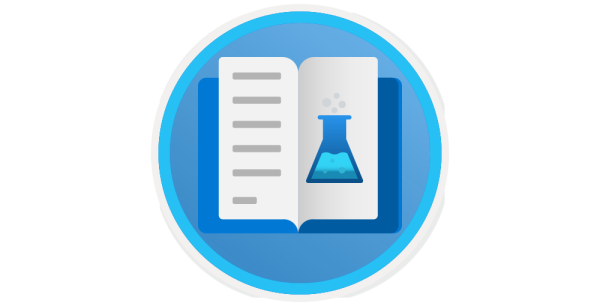
A high-level overview of machine learning for people with little or no knowledge of computer science and statistics. You’ll be introduced to some essential concepts, explore data, and interactively go through the machine learning life-cycle - using Python to train, save, and use a machine learning model like we would in the real world. In this episode, you will:
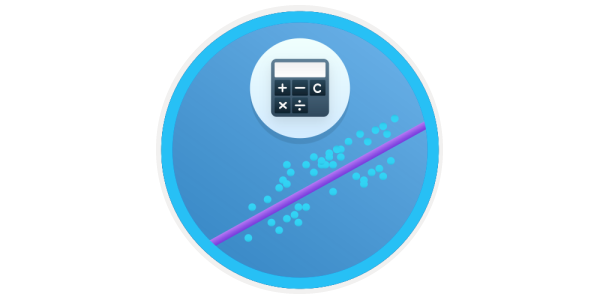
Supervised learning is a form of machine learning where an algorithm learns from examples of data. We progressively paint a picture of how supervised learning automatically generates a model that can make predictions about the real world. We also touch on how these models are tested, and difficulties that can arise In this episode, you will:
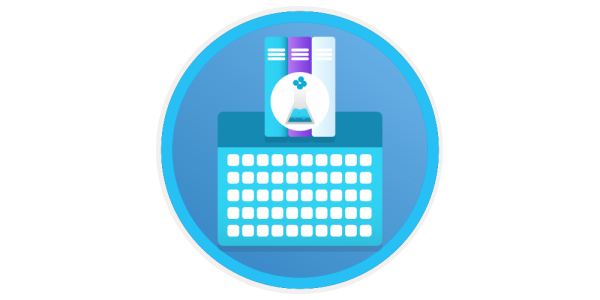
The power of machine learning models comes from the data that is used to train them. Through content and exercises, we explore how to understand your data, how to encode it so that the computer can interpret it properly, how to clean it of errors, and tips that will help you create models that perform well. In this episode, you will:
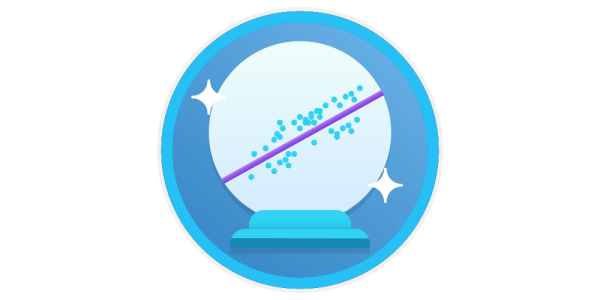
Regression is arguably the most widely used machine learning technique, commonly underlying scientific discoveries, business planning, and stock market analytics. This learning material takes a dive into some common regression analyses, both simple and more complex, and provides some insight on how to assess model performance. In this episode, you will:
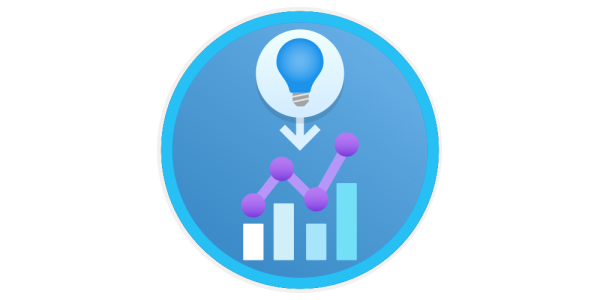
When we think of machine learning, we often focus on the training process. A small amount of preparation before this process can not only speed up and improve learning but also give us some confidence about how well our models will work when faced with data we have never seen before. In this episode, you will:
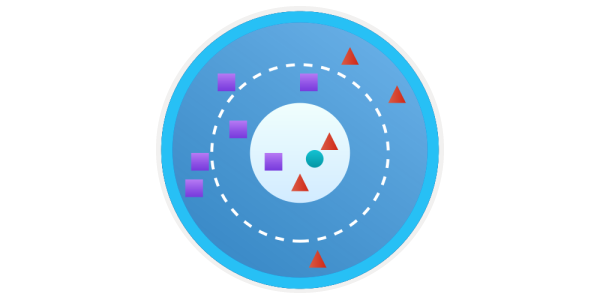
Classification means assigning items into categories or can also be thought of automated decision making. Here we introduce classification models through logistic regression, providing you with a stepping-stone toward more complex and exciting classification methods. In this episode, you will:
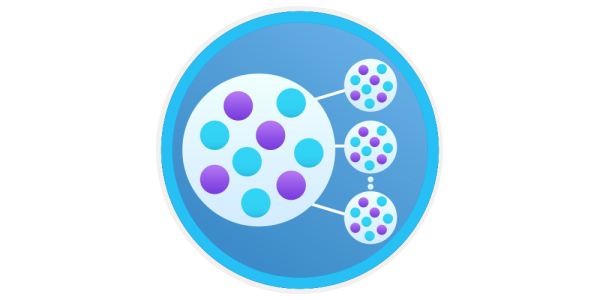
More complex models often can be manually customized to improve how effective they are. Through exercises and explanatory content, we explore how altering the architecture of more complex models can bring about more effective results. In this episode, you will:
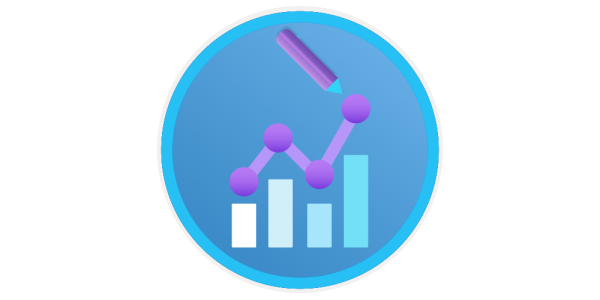
How do we know if a model is good or bad at classifying our data? The way that computers assess model performance sometimes can be difficult for us to comprehend or can over-simplify how the model will behave in the real world. To build models that work in a satisfactory way, we need to find intuitive ways to assess them, and understand how these metrics can bias our view. In this episode, you will:
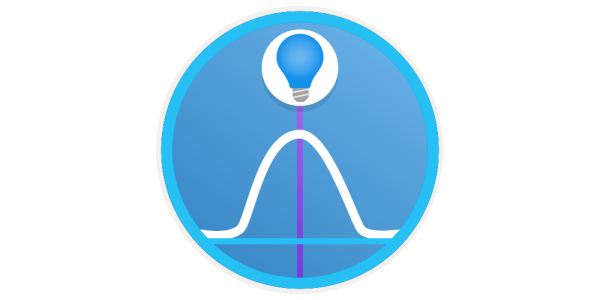
Receiver operator characteristic curves are a powerful way to assess and fine-tune trained classification models. We introduce and explain the utility of these curves through learning content and practical exercises. In this episode, you will:
The event is free! You can join Learn TV to the stream content for free!
Join us every Tuesday, 2:00pm-3:30pm PST, starting September 14 through November 9.
Yes! You can stream our past events anytime! Browse all Learn Live to stream anytime.
This event series is virtual! Join us and thousands of others to enjoy the experience from the comfort of your own home, office, or device.
This show is delivered in English. Captioning in 14 different languages will be available in the recordings, made available 48 hours after each live show at Learn Live.
We seek to provide a respectful, friendly, professional experience for everyone, regardless of gender, sexual orientation, physical appearance, disability, age, race or religion. We do not tolerate any behavior that is degrading to any gender, race, sexual orientation, or disability, or any behavior that would be deemed harassment or discrimination. Individuals are responsible for knowing and abiding by our standards and we encourage everyone to assist in creating a welcoming and safe environment. Additionally, we strive to treat our shared planet with the same amount of respect. Please report any questions, concerns, or disruptive activity or behavior to the organizing team, so that we can address the issue immediately.